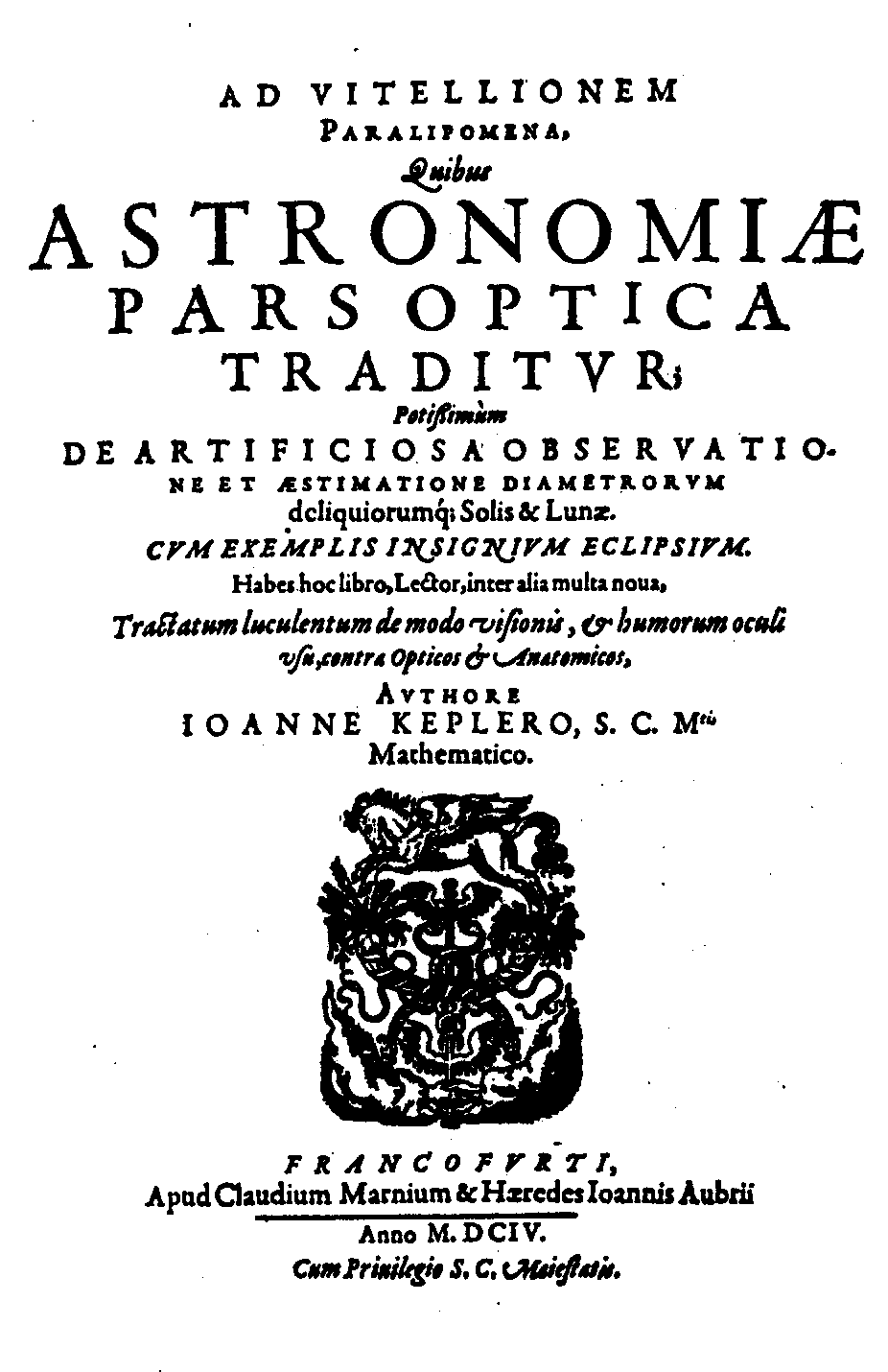Supplements to
"Why Red Doesn't Sound Like a Bell: Understanding the
Feel of Consciousness"
by J. Kevin O'Regan
These are sections that were left out of the final
version of the book. Please send me an email if you
have comments or corrections.
A
simple account of what light is, how it propagates, what images are and
are not, how lenses work, how the eye works, and how it compares to a
camera.
How
people thought about light and the eye in ancient times. Everything
needed to understand vision was known at the time of Euclid, 400 years
before Christ, or certainly at the time of Ptolemy in the second
century AD, but it was only fifteen hundred years later that an
adequate theory of light and vision finally emerged. Why? One factor
was probably that four of the most respected thinkers of western
civilization: Plato, Aristotle, Euclid and Galen, had all opted, in
their own different ways, for incorrect theories of vision.
The
fact that in some situations human and animal eyes seem to gleam in the
dark was one argument for the ancient idea that light was emitted by
the eye. This section shows why "red-eye" occurs, and how you can even
obtain "white-eye" in special circumstances. It explains why when you
see the blackness of another person's pupil, you are actually looking
at the light coming from inside your own eyes!
Notes on why from antiquity to the middle ages, the
cristalline lens in the eye was thought to lie in the center of the eye
and be spherical in shape, thereby preventing the realization that it
acted as a lens to focus light; Also some notes on cataract and its
treatment in antiquity, on dissection, and on Vesalius, the great 16th
Century anatomist who also propagated the error about the glacial
sphere being at the center of the eye.
Some
simple experiments you can do to convince yourself of the difficulty of
understanding the action of light going through holes. Why do the light
patches under trees look round? How to make your own pinhole camera.
Giovanni Battista Della Porta's great secret.
I
discuss various twisted issues that arise if you take the classical
view of perception. It takes a few tens of milliseconds for sensory
information from our sensors to reach the brain. Does this mean that
actually things we perceive are perceived a little bit late? This
seemed incredible to scientists at the end of the 19th
Century.
Why do we feel on the skin and not in the brain where the nerve
impulses arrive? Why do we see things outside of us instead of feeling
them on our retinas where they stimulate the photoreceptors.
How
at the turn of the 17th Century, the astronomer Johannes
Kepler came to be interested in the functioning of the eye, and how he
realized that the "glacial sphere" was actually a lens that focussed an
"image" ( a new concept at the time) at the back of the eye.
How Kepler, Leonardo, Descartes and many others grappled with
the problem of why we see right side up despite the fact that the image
at the back of the eye is upside down.
The anatomy of the horseshoe crab's simple eye as compared to
the inverted eye of vertebrates. There is a discussion of the
"decussation" (i.e. the crossed-over way vertebrate eyes are connected
to their brains) and a description of Polya's speculations about the
reason for this.
How
to draw out your blind spot as well as the blood vessels that obscure
vision; experiments to determine the I.Q. of your filling in mechanism.
The
somewhat amusing saga of experiments I performed to test the idea that
there is a "composite image" in the brain that represents the outside
world.
Some extra notes on what
look
like they
are neural filling in mechanisms are not really filling in mechanisms.
And a note on how the new view deals with geometric distortions and
cortical magnification of the retinal image.
Using office presentation software.
Some examples showing the difficulty of making machines that understand
language.
Some additional examples.
Additional material on research on the self in humans and robots.
An expanded version of the chapter in the book.
An expanded version of the section in the book, with some ethical
considerations.

